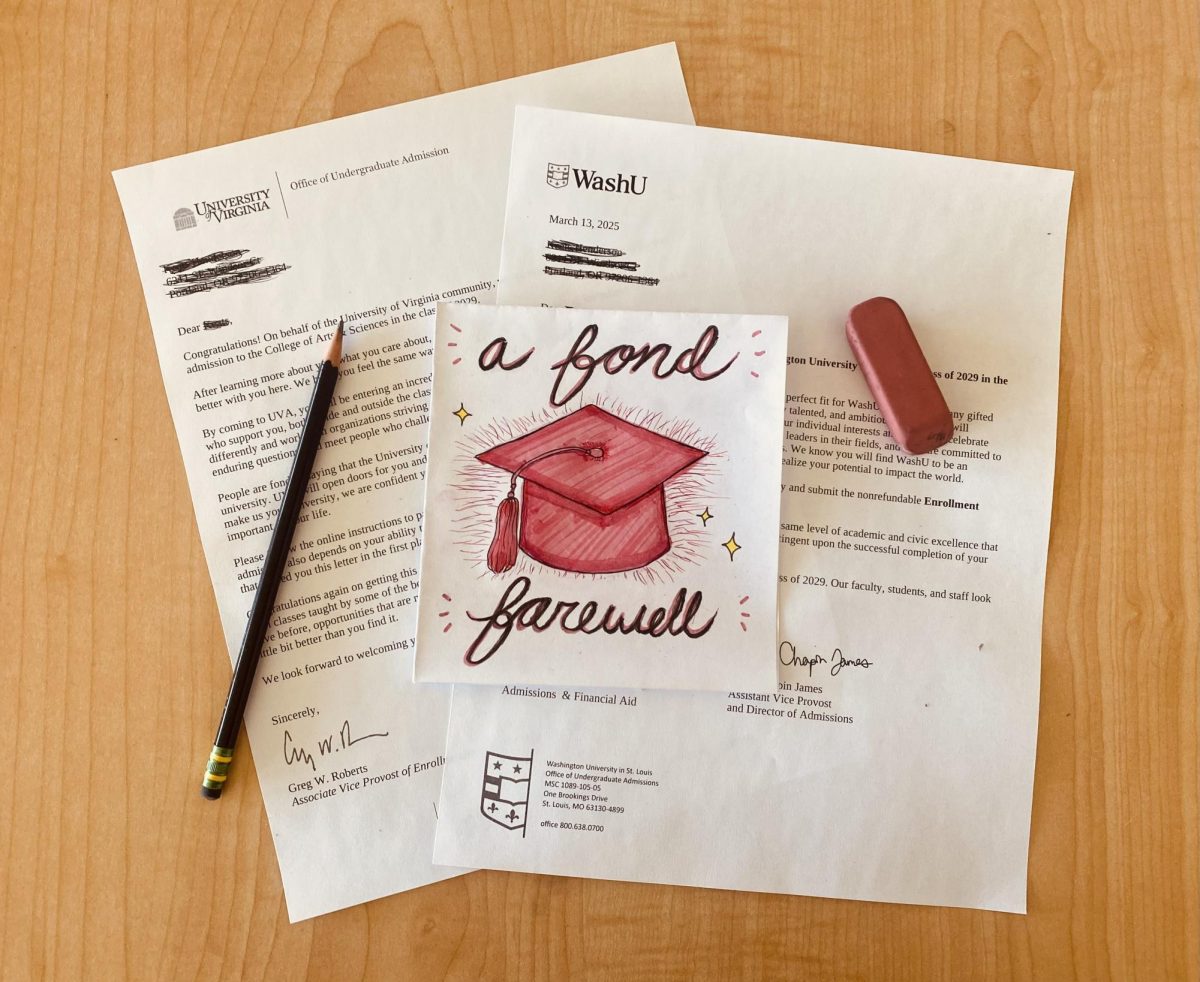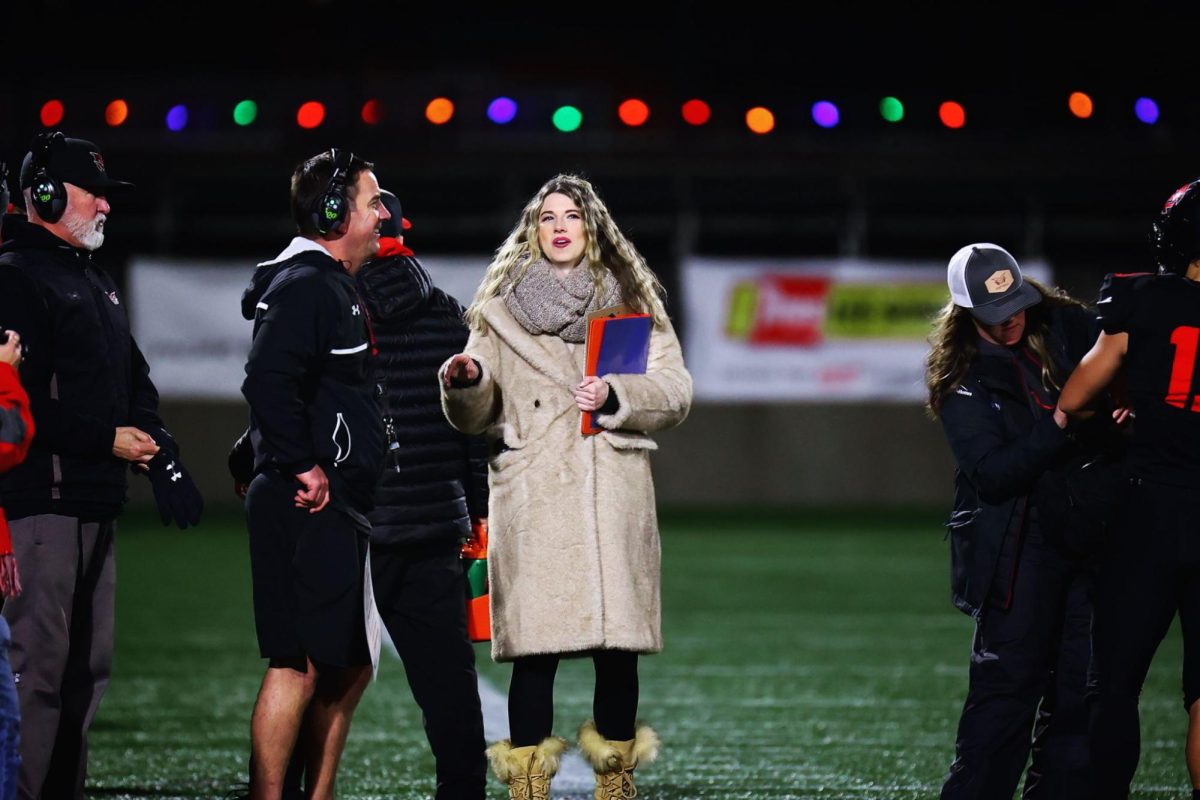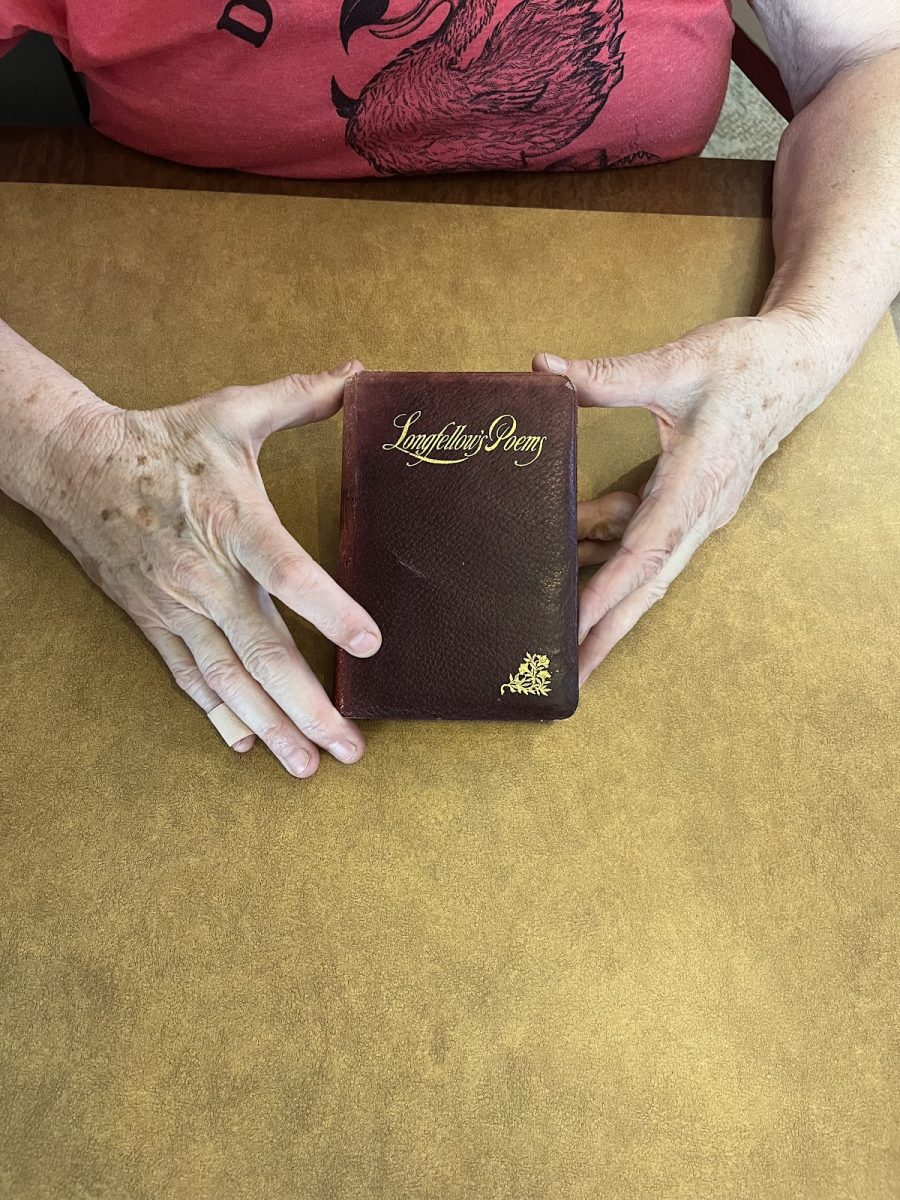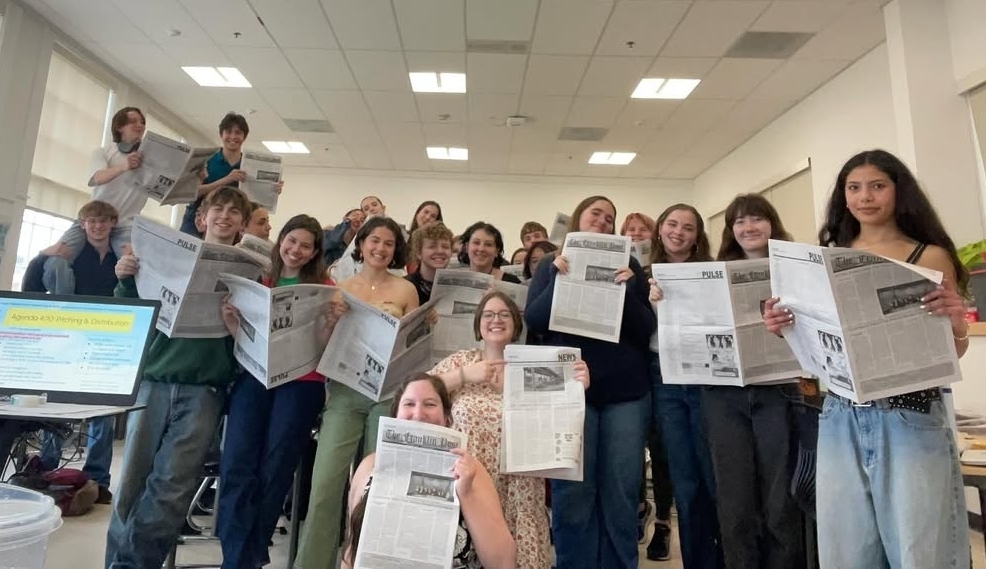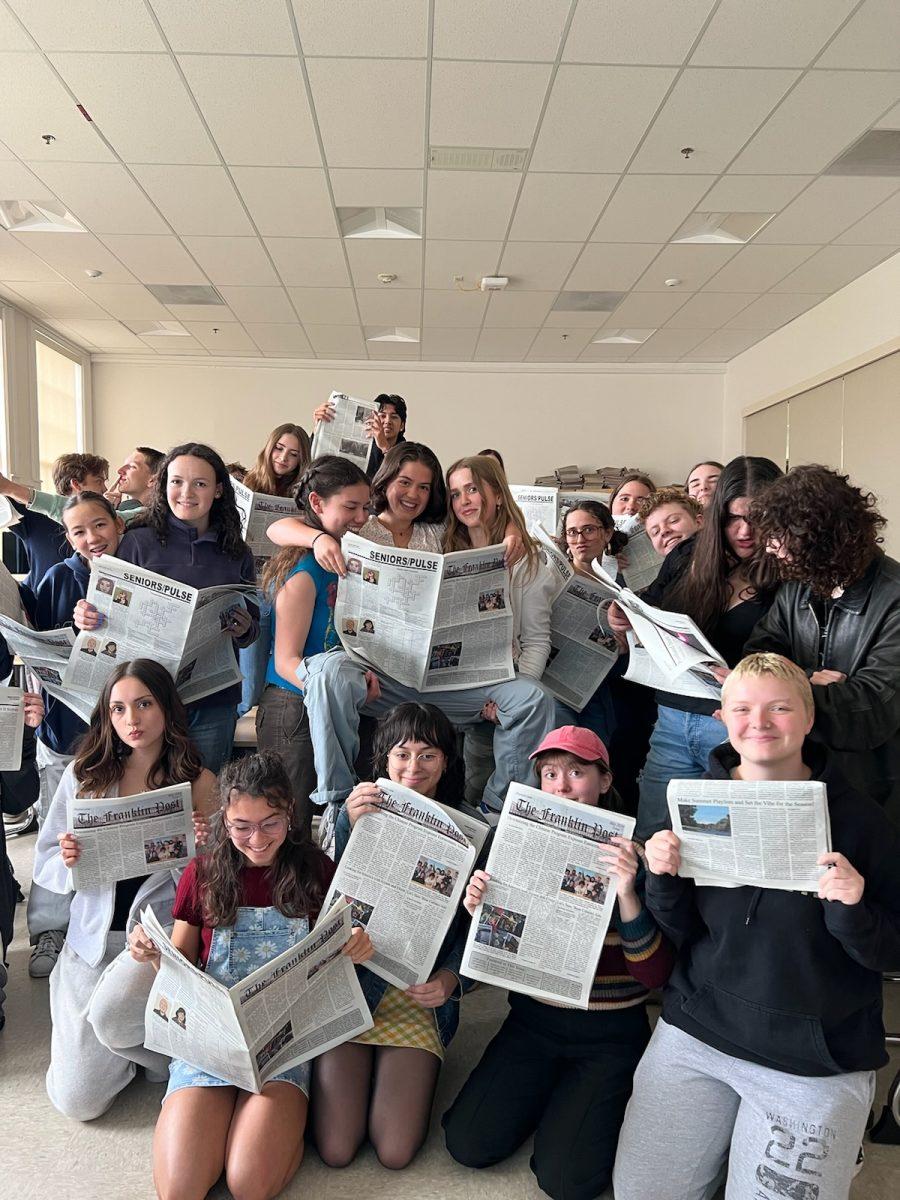
One paragraph of this article is written by ChatGPT… can you guess which one? (Answer on page 20)
Around the nation, schools and universities have been concerned over a new AI program that creates essays, poems, narratives, and more, all within seconds. ChatGPT (Generative Pre-trained Transformer) is a free website from the company OpenAI that generates original literature based on a prompt or request entered into the program. Microsoft recently invested approximately $10 billion into the program, which was launched on Nov. 30, 2022. ChatGPT cites examples from published texts or the media and uses evidence in its arguments from information that it has been trained to know. This new technology has caused uproar among college admissions faculty and school boards that cannot identify whether a submitted piece of literature was made by a student or by AI.
ChatGPT can be beneficial to education in a number of ways. For example, it can be used to create personalized and engaging learning experiences, to assist students with their homework, and to provide immediate feedback on their work. However, it can also be hurtful to education if it is used to replace human teachers or if students rely too heavily on it to complete assignments. Additionally, if ChatGPT is used to generate content without proper oversight, it could perpetuate stereotypes and misinformation. Therefore, it is important to use ChatGPT responsibly and in conjunction with human guidance in order to maximize its potential benefits in education.
This collaboration between human and AI education can be frightening or exciting for teachers. Franklin English and History teacher Sam Hutchinstein is prepared to face the potential changes coming with this new technology. He thinks that despite the dangers of this program becoming a crutch for students, it could bring about important changes to the way writing is taught. “The written response has been a mainstay of the humanities for so long that in some ways, it might be a good thing to rethink how we are assessing students and what they know,” says Mr. Hutchinstein. As a humanities teacher himself, he plans on embracing these changes and adjusting curriculum to meet them. Though, to his knowledge, he has never encountered a turned in essay written by AI, Mr. Hutchinstein claims that he could identify whether or not an essay was written by a particular student or by a robot, depending on how well he knows the student. A complicating factor is that anyone can copy and paste the ChatGPT generated essay and alter it in a Google Doc to change its tone or certain details, making it nearly impossible to identify where the essay originated. Because ChatGPT does not plagiarize, its text cannot be searched into the Internet to find a source of the writing, with the exception of some websites being able to detect it. This creates problems for college admissions officers, who have no personal knowledge of the student at hand or their writing style, to determine if it was them who wrote the essay.
In a second perspective, Franklin English teacher Elisa Wong finds the program and its implications on teaching to be much less appealing. Not only would it be a detriment to student education if people become reliant on ChatGPT, she argues, but it would also destroy trust between students and teachers. “I wonder if it could actually be a tool or if it will be a replacement for [students’] own thinking,” she says. In general, Ms. Wong dislikes technology; her students typically do all their writing in class to allow for teacher-student communication in real time. Since most school computers ban sites like ChatGPT, including PPS chromebooks, it would ensure the integrity of student work if it was done in school with limited internet access. Hypothesizing on the future impacts of technology like ChatGPT and other AI generated writing programs, Ms. Wong considers the drastic changes that could be approaching, perhaps starting with all writing being done in class, and teachers monitoring the draft process, or even leading to the removal of the grading system. “The ultimate way to have [ChatGPT] not be a problem is to take away the need to cheat,” says Ms. Wong. In extreme outcomes, this could mean taking away the grading system and changing college application requirements. This would result in vast systemic alterations in education and could affect sources of student motivation, since grades would no longer be a motivating factor to do one’s best work. Overall, Ms. Wong is skeptical but thinks that ChatGPT could be important in that it gives us “the tools to help us do something, but only if we eventually learn to do the thing itself without the tool.”
Franklin students have been using ChatGPT to write essays for them since the model came out in November. Two anonymous Franklin students reported that they found the website to be useful, especially in times of stress or burnout, when they can use an alternative source to write for them. One student was struggling to craft a poetry essay and used ChatGPT to write sections of the assignment. After some minor tweaking of the paper’s tone and vocabulary, the student submitted it and received a B on the assignment. A second student has used AI writing programs a number of times during their school career. They recall recently using ChatGPT to write an English essay for them entirely. “My tactic includes using the robotic sounding AI, and then putting the text it makes through a rephrasing site [like Quillbot] to make it sound human-like,” they explain. This student successfully received an A on their paper and to their knowledge, has never been suspected of cheating. There are also many workaround methods to using ChatGPT in school, such as logging onto it via cellular phone and copy and pasting it onto a Google Doc, or turning on cellular data on one’s phone and connecting a school chromebook to that hotspot.
From a technological standpoint, ChatGPT is a huge feat in digital science. Besides writing essays, it can foster personal learning and even assist in data analysis. Stanford student Jenny Duan is a Symbolic Systems major and uses the program often, both to better understand academic content and to study the program itself. She is fond of ChatGPT and finds it to be an important tool to help define and investigate terms discussed in classes, although in long-form writing, it struggles to “write with the same precision or creativity as humans do.” Duan pointed out that “much like the calculator was used to simplify and aid mathematics, ChatGPT could function as a similar tool for writing.” She explained how teachers at Stanford are already implementing ChatGPT into their classrooms, instead of placing bans on the website. Her English professor encourages students to use it as a tool to aid in the writing process, specifically in the structural aspects of essays. “Rather than solely presenting a risk, ChatGPT provides the opportunity to simplify and aid learning in an unprecedented way,” says Duan.
The notion of artificial intelligence replacing human minds has created mounting concern, and it is not unfounded. It is important that ChatGPT does not become a replacement for teachers or something that students may become reliant on. The database that trains it and feeds it knowledge may be influenced by stereotypes, as the program is only as unbiased as its programmers are, and humans are inherently biased beings. These factors could indeed form another set of concerns and worries for a future with increasingly advanced technology.
Teachers at Franklin and around the United States will approach AI writing programs in a variety of ways, including forbidding the site from all student use, observing the draft process more closely to ensure no AI writing is being used, or utilizing ChatGPT as a structural tool. The impacts of ChatGPT going forward will be determined by the responses of teachers and students to this ever changing technological society. Classrooms and individuals, whether they view this new technology as a challenge or as a tool, will adjust to new systemic changes in education to create a cohesive and accommodating learning environment for all.










